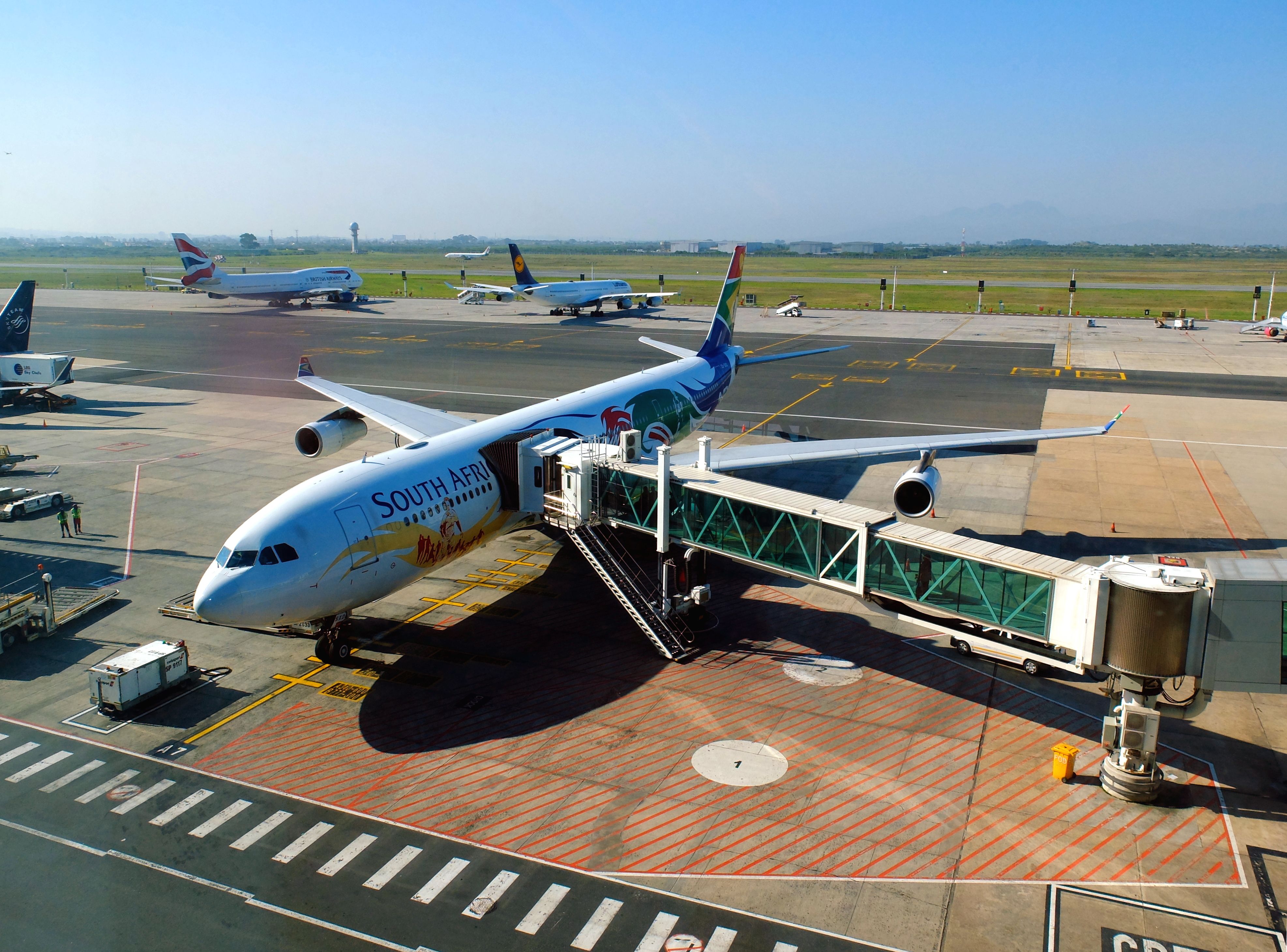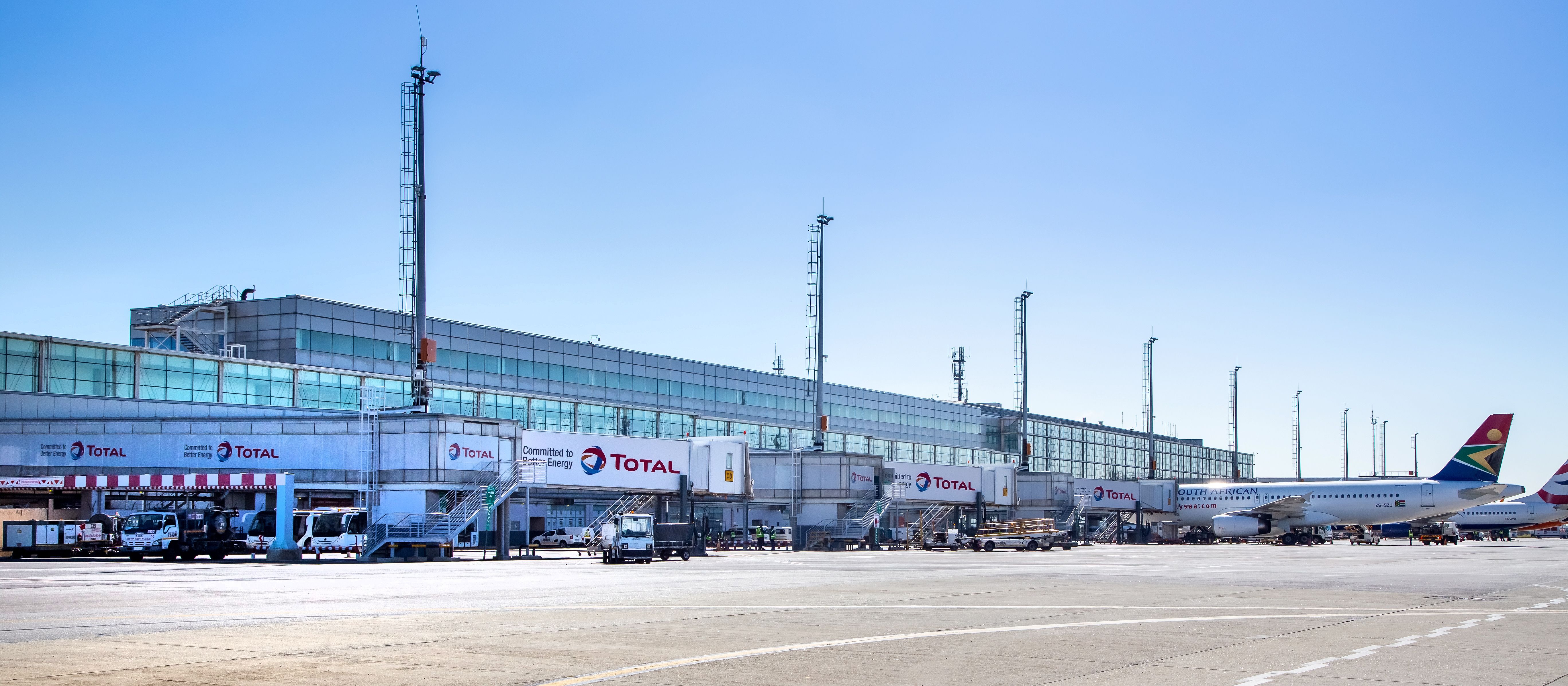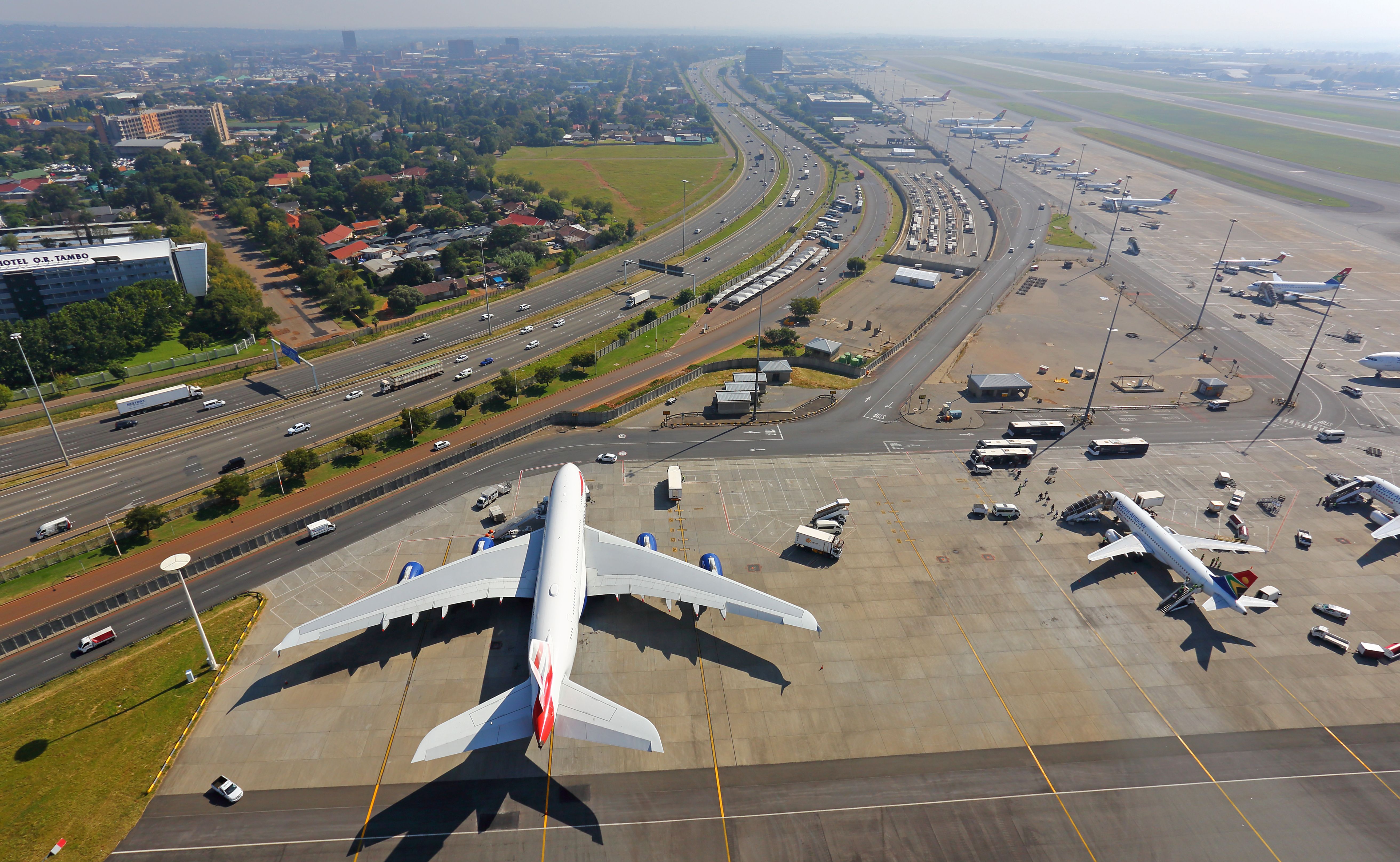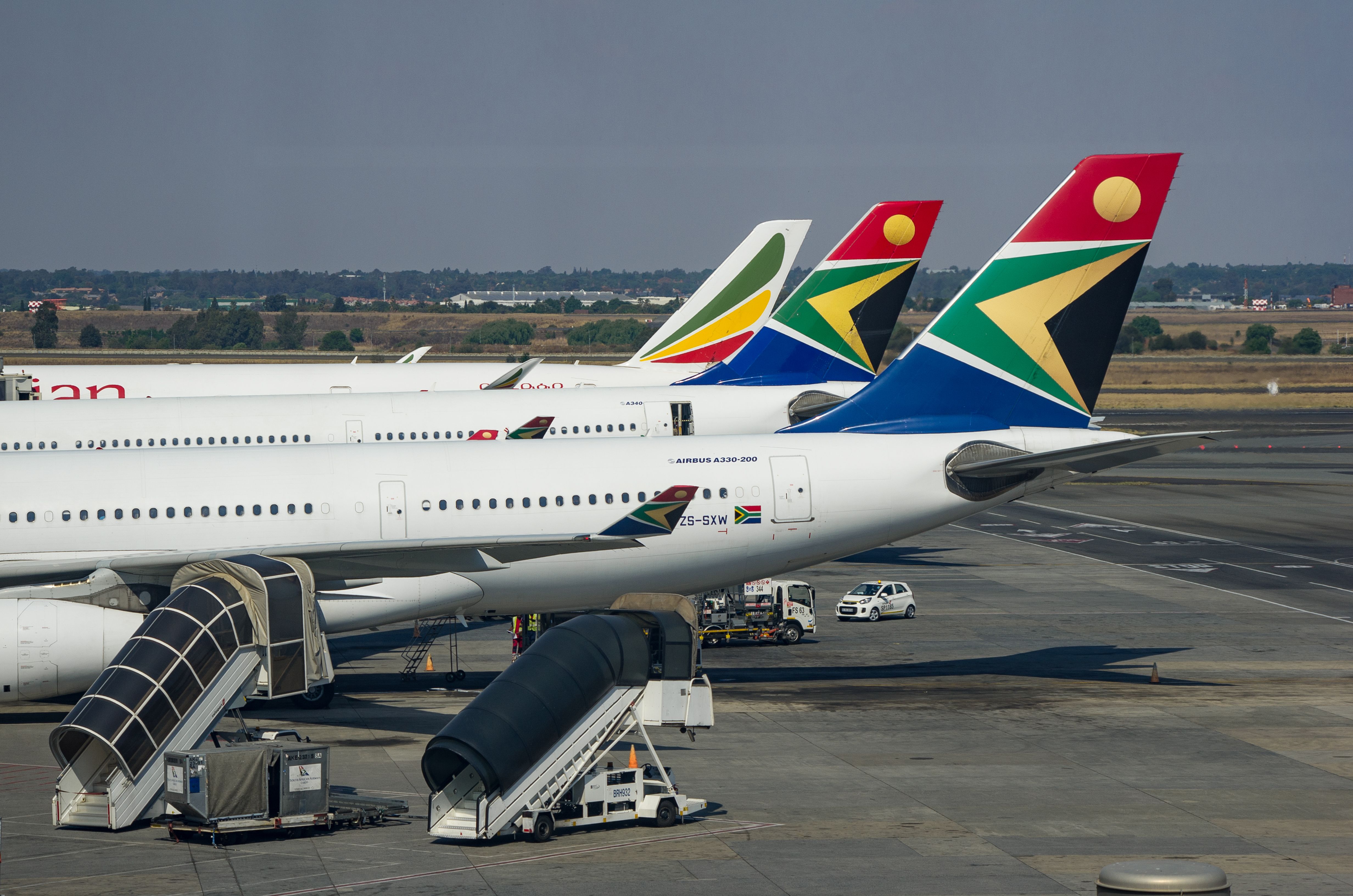The African Civil Aviation Commission (AFCAC) is continuing its efforts to implement the Single African Air Transport Market (SAATM), which could hold the key to a golden age of aviation development in Africa.
In an interview with AviaDev, AFCAC Secretary General (SG) Adefunke Adeyemi gave us an insight into developments from the last six months and the commission's progress in executing SAATM. The commission is also spearheading the African Continental Free Trade Area (AfCFTA) liberalization.
Adeyemi has been making great efforts to ensure that AFCAC is more visible and that stakeholders understand its role in developing civil aviation in Africa.
The African Civil Aviation Commission
Headquartered in Dakar, Senegal, AFCAC is a specialist agency of the African Union (AU) to develop and regulate civil aviation in Africa. It is also the executing agency for SAATM and AfCFTA, which are critical incentives for developing aviation, routes, trade, and economic activities.
AfCFTA's objective is to eliminate trade barriers across the continent, and if executed properly, it would make Africa the largest trading block in the world. The civil aviation commission's role is to ensure it is implemented correctly and that more cities are connected by air, allowing people to fly across multiple destinations.
Additionally, it ensures safety, security, and environmental protection for sustainability in African aviation. The commission is a small secretariat with a vast portfolio of programs to execute, therefore, it has to engage with partners and other states. Adeyemi said in the interview;
"We are operating in various domains and engaging not just our member states but also the entire universe ecosystem of aviation to really bring that about. We have clear targets that we're trying to achieve and reach. So in the first few months of assuming office, it was really important for us to say that, first of all, AFCAC is here for our member states, but also to engage with our partners because we cannot do it alone."
Engaging with different partners, states, and regions around the world is a strategic decision to cement relationships quickly. It will also help AFCAC get the visibility it needs to achieve all its objectives in its member states and the rest of the aviation community.
Check out more African aviation news here
The development and progress of AFCAC
Since taking office six months ago, Adefunke Adeyemi has made changes to ensure AFCAC is as visible as possible. Internal changes started with refreshing the commission's websites, which are calling cards to the world and a way for stakeholders to understand what it is about.
AFCAC has introduced a quarterly newsletter and weekly spotlights for African states. Every week, it features one African state, a powerful way for states to share their civil aviation developments with the world. It also gives everyone a clear understanding of AFCAC's states, stakeholders, and objectives.
The commission has also appointed SAATM ambassadors to amplify the message of sustainable aviation in Africa. These ambassadors are experienced professionals who can engage with states at a governmental level and the private sector as well. Adefunke Adeyemi added;
"The idea is to have these veterans of the industry, and I'm not just talking about age as some of them are quite young people, but it's the fact that they are steeped in aviation, from both the regulatory, the political, and the business and practical elements of aviation to be able to support our work and amplify the message around not just AFCAC, but what we're trying to achieve, specifically on the Single African Air Transport market."
The bureau believes that SAATM is one of the significant strategic initiatives leading to Africa's golden age of aviation. The ambassadors will help show the importance of collaboration between states, airlines, and airports. They will also help AFCAC engage with more governments and the private sector.
The implementation of SAATM PIP
On November 22, AFCAC introduced the Single African Air Transport Market Pilot Implementation Projects (SAATM PIP), which now has 19 African states involved. This idea started in 1988, and AFCAC has been looking for the best way to implement it for years.
One of the best ways to implement it is to start with the nation's with minimum requirements, known as SAATM enablers. They will analyze the nation's GDP, macroeconomics, and industry-specific issues like safety levels, infrastructure, and international air law treaties, to mention a few.
They will also determine if the nations in question meet IOSA and ICAO standards. AFCAC has started to pick the countries with favorable conditions and that are willing to sign bilateral agreements with other states for fifth freedom flights. Adeyemi explained further;
"SAATM PIP is not an exclusive initiative. It's rather an initiative that is designed in phases to start with the first phase for those who have these parameters, while at the same time in parallel working with other states, who may not be at the same level to bring them up to that level and see how we just continue to face the Implementation Act. So that's what this is, and we identified the original 15 without the additional four, which brings us to 19 states."
SAATM aims to ensure multiple cities are connected via fifth freedom flights. Having direct services between city pairs is not enough, so the plan is to have connections beyond two cities and facilitate the penetration of the fifth freedom routes.
There are 54 states in Africa, and AFCAC is making efforts to get all states to sign on more air routes among themselves. It has involved stakeholders, including IATA, ICAO, ACI, AIG, Boeing, and Embraer, to develop the plans and specific activities for each year on SAATM.
The commission has developed a plan for 2023, with missions designed for clusters of countries and regional economic communities. The idea is to take countries within a corridor, and the first cluster to be implemented comprises Kenya and South Africa on both sides of the corridor, with Zambia or Namibia in the middle.
Who is ready for intra-Africa connectivity?
As mentioned, AFCAC appointed SAATM ambassadors to engage with states and organizations that have not signed on. As of February 2023, 46 out of 54 African states have signed the free trade agreement.
However, regarding SAATM PIP and fifth freedom routes, which are also crucial for intra-Africa connectivity, 19 states have come onboard since November 2022. Countries in Africa are at different stages of their aviation development, with Tanzania, for example, saying that it may need to break for about five years and join later.
Over the years, there's been significant growth in non-African carriers getting fifth freedom access, especially in Southern Africa, which should be operated by African airlines. About 70% of African air travel is provided by non-African airlines, which is a concern for SAATM as it intends to enhance operations for African airlines.
AFCAC is doing its best to bring collaboration among stakeholders, with a great objective of increasing fifth freedom flights. It creates an enabling environment for all Africans, which is Adefunke Adeyemi's goal. "The world is more than I am; it is bigger than just me," she said.
What do you think of this story? Let us know in the comments!
Source: AviaDev Insight





